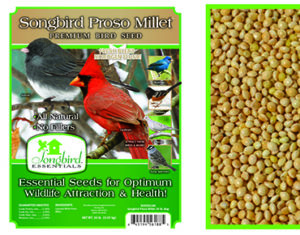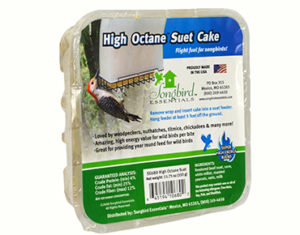By: Mary Douglas, Ph.D.

Missouri is dead center in one of the largest migratory pathways on the North American continent. The Missouri and Mississippi rivers are highways for millions of birds moving south from Canada and the northern states. Bird populations shift with the seasons as they have for millennia. In winter Missouri birders miss our backyard friends the hummingbirds, orioles, wrens, swallows, and other insectivores. Their absence makes way for the incoming seed eating Juncos, Siskins, and Finches. The changes come and go every year giving birders something new to see every day.
The significance of migration is most pronounced at our Missouri State Wildlife areas. Places such as Squaw Creek and Swan Lake in NW Missouri attract millions of migrating and overwintering waterfowl and raptors. Canvasback, Mallard, and Merganser ducks move in with Canadian Geese and Snow Geese in large flocks. Seeing these birds en masse is truly breathtaking.
Raptors follow the migrating waterfowl and overwinter here as well. Missouri has the largest population of overwintering Bald Eagles in the country. The Missouri Department of Conservation (MDC) has Eagle Days when the public can go to specific watch sites to enjoy the show with up to 30 eagles roosting in a single tree. These opportunities are memorable opportunities for photography and hot chocolate. Wrap up if you go, it is always bitter cold temperatures and dangerous wind chills blow in over the wetlands. It is worth the effort! You can find details on dates and locations at https://nature.mdc.mo.gov/eagle-days-5.
Local sighting trends follow the food availability. As the agricultural harvest season comes and goes, the birds move to other sources. Wild foods such as sunflowers, berries, thistle seed, and mast fall such as pecans, walnuts, hickory, and persimmons feed our forest friends through the dormant cold months. We are able to lure birds into our home environments with readily available seed, suet, and fresh water. Birds are particularly susceptible to dehydration in the dry cold winter months making a water source critical to survival. Combining food with water sources keeps our beauties in viewing proximity year round. A good regional bird identification book is handy for referencing birds you do not recognize. Sometimes we get birds far off their regular territory. Mother Nature never disappoints.


Journaling your bird-sightings is worthwhile in winter as well as summer since you can see many species out your own window. Learning the differences in plumage and species in summer and winter is always a pleasurable experience. I see something new every season. Our Missouri winter birds are magnificent. Look outside, look up for the big birds, and enjoy!

